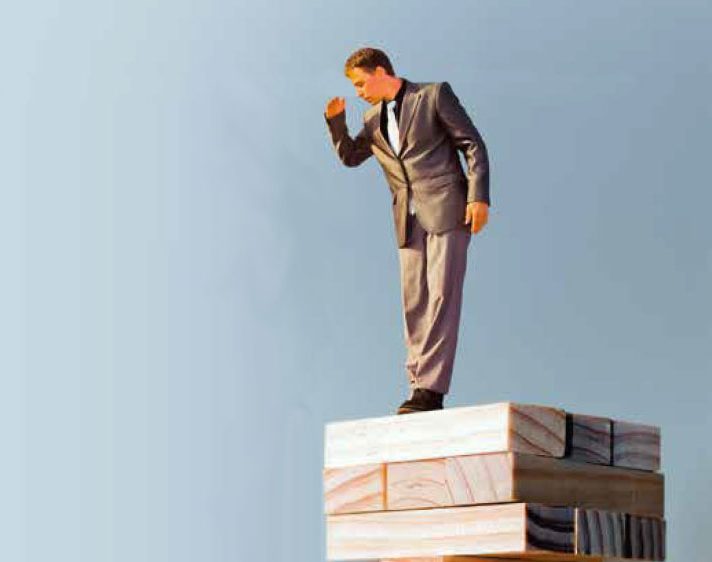Risk assessments: do you really need all of them?

In my day-to-day role I visit many companies, looking at the premises and how the organisation works safely. Part of this is to look at risk assessments, and you might not be surprised that the standards of some fall well below what is acceptable. As I see it the regulations are quite clear. An employer should look at what can go wrong – then assess the significant risks that they find.
So, do we need to concentrate on risk assessments for coffins being stored upright or lying flat when our bearers are struggling under the weight of coffins because of the increasingly obese society we hear we are living in? Should we be concerned about assessing the risk from furniture polish, when there’s infectious material coming into our workplace every day?
No, we shouldn’t. We should be looking at what is going to do us the greater harm and then putting something in place to make sure we aren’t affected by it.
This is what can happen when the lines become blurred between levels of risks, and much of the blame needs to be levelled at health and safety ‘professionals’ when they get involved. What we need is a little pragmatism in all of this. Maybe we need to take account of our own levels of risk-taking for example.
So, what does Lewis Hamilton have to do with all this?
You might be a fan of Formula 1 like myself and if you are, you may already be aware that many Formula 1 drivers and some of the teams are lobbying for a new device developed by Mercedes, named the ‘halo’, to be fitted over the front of car cockpits.
The halo is designed to shield drivers from pieces of flying debris, but opinions are divided; Lewis Hamilton was quoted as saying it should be optional and that he prefers to take the risk. Others say it should be in place regardless.
There is a disparity between apparent personal freedoms in the workplace, the ability to accept some risk and the feeling of being stifled ‘because of health and safety’.
This contrast can lead to risk-averse decisions of the sort branded in recent years by the Health and Safety Executive and referred to in shorthand as “conkers bonkers” – a reference to the myth that a head teacher asked his students to wear eye protection when playing conkers in the playground.
I would much rather everyone celebrated how much safer workplaces in the UK have become in recent years. But with accidents becoming more and more infrequent, what will happen instead is that we will get a feeling of interference from health and safety professionals in the way that people wish to behave in their own space.
The role of health and safety professionals is to help their colleagues and organisations manage risk more effectively.
But there should be a limit; we don’t want handrails along all the footpaths across our countryside, just in case walkers stumble. It must be recognised that there is a crucial distinction between the workplace, where an employer has deliberately brought people together to work, and the public domain, in which people make personal choices.
Things sometimes just happen
The challenge is to bring in a more realistic approach to assessing risk, where an acceptance by all that minor accidents do happen, despite our best efforts. Because that’s what happens in life, things sometimes just happen. If decisions are informed, our personal health and our personal safety can only benefit in the end.
Help is at hand
If you would like to learn more about health and safety, as well as the legal obligations of employers, we’ve got you covered. Talk to Safety For Business free of charge, by calling 08456 344164.
What do you have to lose?
Tags: assessment, Health & safety, Health & Safety Executive, Health & SAIFty, HSE, management, risk, SAIF, Simon Bloxham